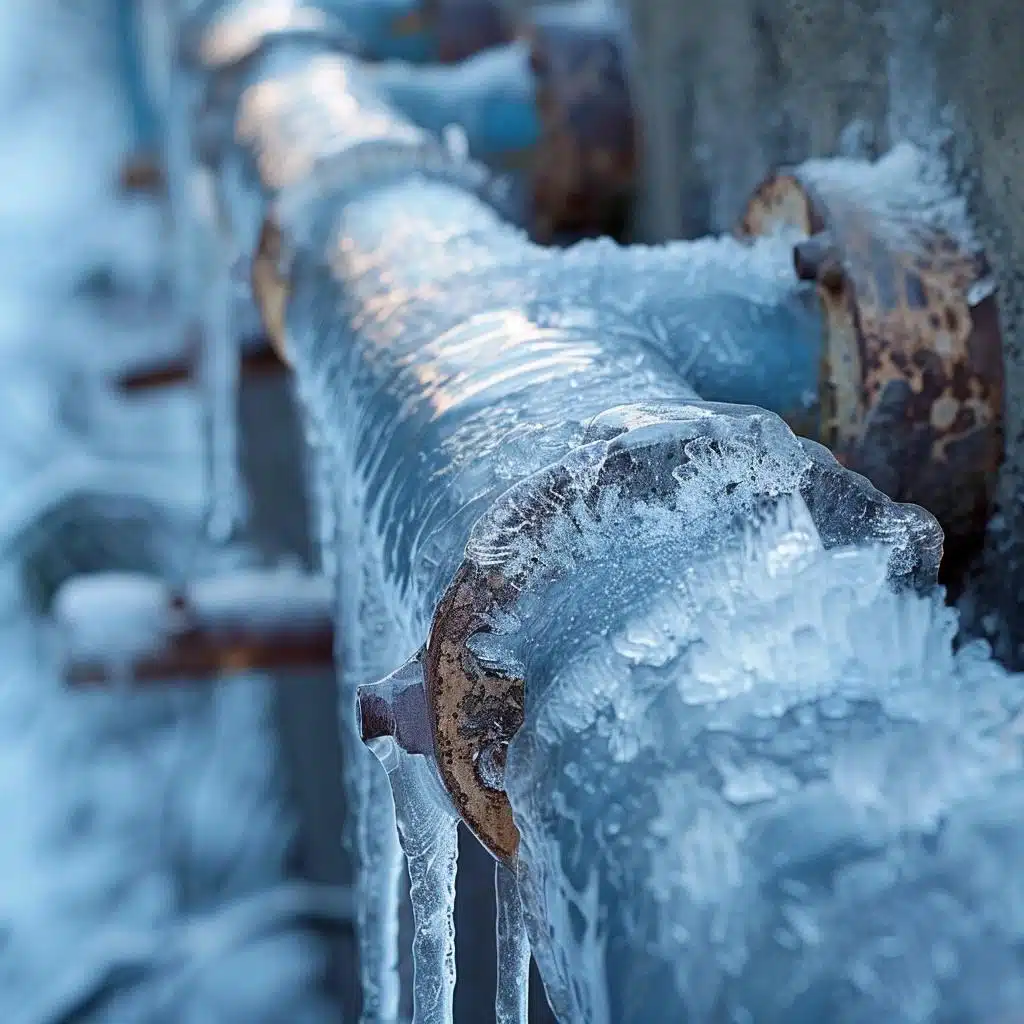Safeguarding Pipes from Freezing Issues: Key Tips
Safeguarding Pipes from Freezing Issues: Key Tips
Blog Article
How do you actually feel on the subject of Winter Plumbing Precautions: Preventing Frozen Pipes?

Cold weather can ruin your pipes, specifically by freezing pipelines. Right here's exactly how to prevent it from happening and what to do if it does.
Intro
As temperature levels decrease, the risk of frozen pipes increases, possibly causing expensive repairs and water damages. Comprehending how to stop frozen pipes is vital for house owners in chilly climates.
Recognizing Frozen Pipelines
What causes pipelines to ice up?
Pipes ice up when exposed to temperature levels below 32 ° F (0 ° C) for prolonged periods. As water inside the pipes ices up, it expands, taxing the pipeline walls and potentially triggering them to break.
Risks and damages
Icy pipelines can bring about water system disturbances, property damages, and costly fixings. Ruptured pipelines can flooding homes and cause substantial architectural damage.
Indicators of Frozen Pipeline
Determining icy pipelines early can stop them from bursting.
How to identify frozen pipelines
Look for lowered water circulation from taps, uncommon odors or noises from pipes, and noticeable frost on revealed pipelines.
Avoidance Tips
Shielding prone pipes
Wrap pipes in insulation sleeves or use heat tape to shield them from freezing temperature levels. Focus on pipes in unheated or external locations of the home.
Home heating methods
Keep indoor spaces sufficiently heated up, especially locations with plumbing. Open up cupboard doors to permit cozy air to distribute around pipelines under sinks.
Safeguarding Exterior Plumbing
Yard pipes and outdoor taps
Disconnect and drain yard hose pipes prior to winter season. Mount frost-proof spigots or cover outside taps with insulated caps.
What to Do If Your Pipelines Freeze
Immediate actions to take
If you presume icy pipes, keep taps open up to alleviate stress as the ice thaws. Make use of a hairdryer or towels soaked in warm water to thaw pipelines gradually.
Long-Term Solutions
Architectural adjustments
Think about rerouting pipelines far from outside wall surfaces or unheated locations. Include extra insulation to attic rooms, basements, and crawl spaces.
Upgrading insulation
Invest in high-grade insulation for pipelines, attic rooms, and wall surfaces. Appropriate insulation assists keep regular temperature levels and lowers the threat of icy pipelines.
Verdict
Preventing icy pipes requires proactive measures and fast feedbacks. By understanding the causes, indicators, and safety nets, house owners can secure their plumbing during cold weather.
5 Ways to Prevent Frozen Pipes
Drain Outdoor Faucets and Disconnect Hoses
First, close the shut-off valve that controls the flow of water in the pipe to your outdoor faucet. Then, head outside to disconnect and drain your hose and open the outdoor faucet to allow the water to completely drain out of the line. Turn off the faucet when done. Finally, head back to the shut-off valve and drain the remaining water inside the pipe into a bucket or container. Additionally, if you have a home irrigation system, you should consider hiring an expert to clear the system of water each year.
Insulate Pipes
One of the best and most cost-effective methods for preventing frozen water pipes is to wrap your pipes with insulation. This is especially important for areas in your home that aren’t exposed to heat, such as an attic. We suggest using foam sleeves, which can typically be found at your local hardware store.
Keep Heat Running at 65
Your pipes are located inside your walls, and the temperature there is much colder than the rest of the house. To prevent your pipes from freezing, The Insurance Information Institute suggests that you keep your home heated to at least 65 degrees, even when traveling. You may want to invest in smart devices that can keep an eye on the temperature in your home while you’re away.
Leave Water Dripping
Moving water — even a small trickle — can prevent ice from forming inside your pipes. When freezing temps are imminent, start a drip of water from all faucets that serve exposed pipes. Leaving a few faucets running will also help relieve pressure inside the pipes and help prevent a rupture if the water inside freezes.
Open Cupboard Doors
Warm your kitchen and bathroom pipes by opening cupboards and vanities. You should also leave your interior doors ajar to help warm air circulate evenly throughout your home.

I ran across that piece of writing about How to prepare your home plumbing for winter weather while doing a search on the internet. Are you aware of another person who is very much interested in the topic? Be sure promote it. We cherish reading our article about Winter Plumbing Precautions: Preventing Frozen Pipes.
Additional Information Report this page